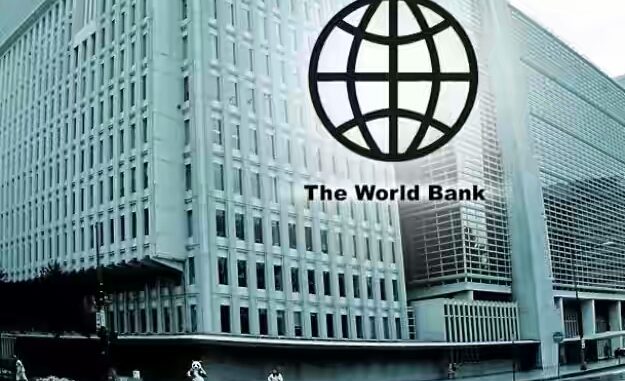
The World Bank has said the projected growth of Nigeria’s economy in 2018 would drop from 2.1 per cent it had estimated for the country in April to 1.9 per cent.
It stated this in its October 2018 ‘Africa Pulse,’ a bi-annual analysis of the state of African economies, which was signed by Cesar Calderon and released yesterday in Washington, USA via the World Bank official website.
It said the renewed clashes between farmers and herdsmen which were recorded in most part of the year contracted the productivity of the agricultural sector.
It explained: “In Nigeria, declining oil production and contraction in the agriculture sector partially offset a rebound in the services sector and dampened non-oil growth, all of which affected economic recovery.
“Nigeria’s recovery faltered in the first half of the year. Oil production fell, partly due to pipeline closures.
“The agriculture sector contracted, as conflict over land between farmers and herders disrupted crop production, partially offsetting a rebound in the services sector and dampening non-oil growth.
“In Nigeria, declining oil production and contraction in the agriculture sector partially offset a rebound in the services sector and dampened non-oil growth, all of which affected economic recovery.
“The external environment facing Sub-Saharan Africa is more challenging for several reasons. These include moderating economic growth among its main trading partners, the stronger US dollar, heightened trade policy uncertainty, and tightening global financial conditions.
“While the tightness of oil supply suggests that oil prices are likely to remain elevated through the rest of 2018 and into 2019, metals prices have been softer than previously forecast and may remain subdued in 2019 and 2020 amid muted demand, particularly in China.
“Against this backdrop, the economic recovery in Sub-Saharan Africa is expected to continue at a gradual pace, supported by a rebound in oil production in Nigeria and Angola, the easing of drought conditions that had depressed agricultural output, and a rise in domestic demand in some countries.
“The inefficiencies in the way the region combines its factors of production has become increasingly relevant in explaining Sub-Saharan Africa’s lower aggregate productivity compared to industrialised countries.”